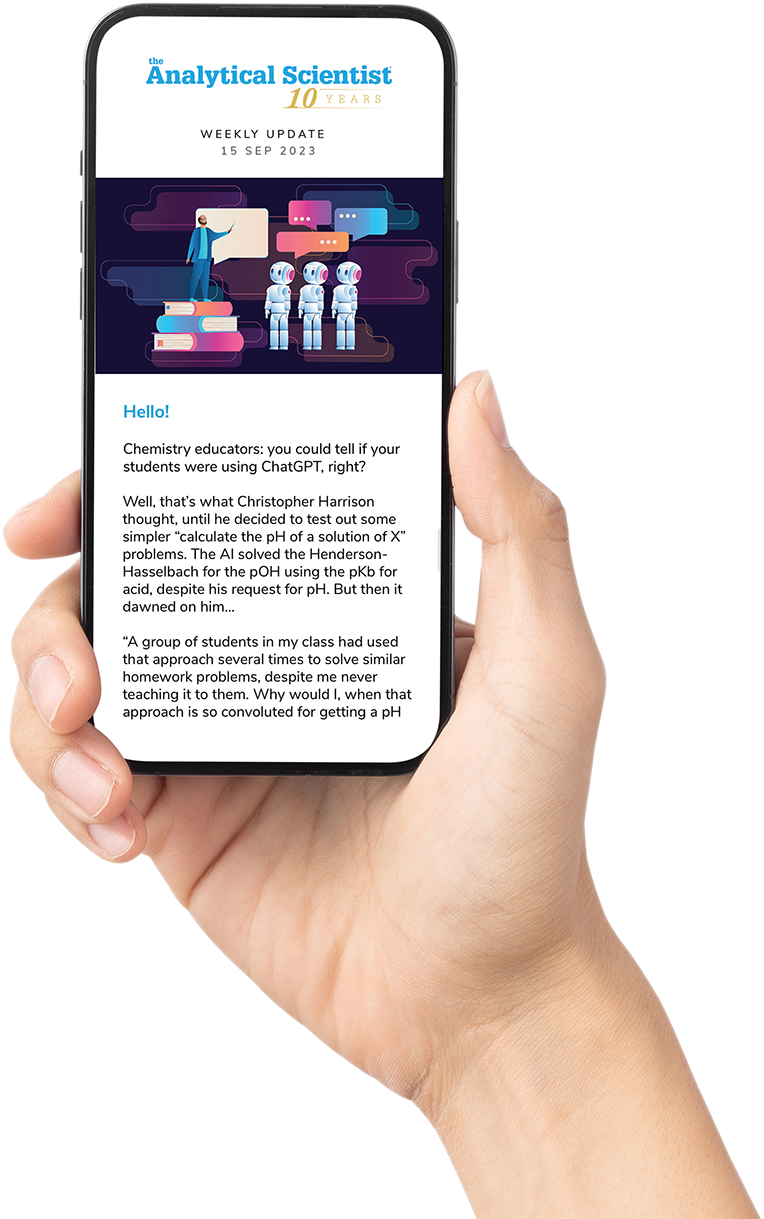We began studying crumb rubber (CR), derived from end-of-life tires (ELT), more than a decade ago – well before most agencies and institutions recognized its potential impact. At the time, CR was widely used as infill in synthetic turf sports fields and playgrounds. Few realized that this material should be considered a source of microplastics entering the environment. Today, organizations such as the European Chemicals Agency (ECHA) acknowledge the issue and explicitly include “granules and mulches on pitches” in their microplastics agenda (1).
Crumb rubber is now recognized as the largest intentional source of microplastics, and tire wear particles represent the second. Regulatory efforts are beginning to address the problem. For instance, there is a 20 μg/g limit for the eight ECHA-designated PAHs in CR (2), and in August 2023, the EU introduced a ban on intentionally added microplastics in products. The press release prominently cited granular infill as the leading source of such pollution (3). Public concern has grown too – news media increasingly cover the environmental and health implications of tire particles (4).

Because ELTs are non-biodegradable, they are tightly regulated to avoid environmental harm. A couple of decades ago, transforming ELTs into crumb rubber for reuse in recreational surfaces seemed a smart application of the 3R principle: reduce, reuse, recycle. However, more recently, it has become evident that this solution may do more harm than good. CR contributes to environmental pollution and increases human exposure to a complex cocktail of hundreds of potentially hazardous and toxic chemicals.
At our lab, we’ve sought to answer fundamental questions: Is this a global problem? Does CR contaminate air and water? Do pollutants leach directly into the environment? Are people exposed via inhalation, ingestion, or dermal contact?
To investigate, we developed a suite of sample preparation strategies combined with chromatography and mass spectrometry for analyzing crumb rubber, leachate water, ambient air, and human biological or skin-contact samples. For example, we developed a miniaturized ultrasound-assisted extraction (UAE) method with similar performance to pressurized liquid extraction (PLE), but requiring just 0.1 g of sample and 1 mL of solvent – ideal for high-throughput processing. This GC-MS-compatible approach targets over 40 compounds, including PAHs, plasticizers (phthalates and adipates), and other additives (5). Recently, we expanded this to analyze tire antioxidants such as PPDs, including 6PPD, linked to aquatic toxicity (6,7). All tested CR samples – from playgrounds to sports fields – contained significant levels of target compounds (up to 0.2 percent 6PPD and 1 percent PAHs).
To explore the scale of the issue, we analyzed CR infill from 91 synthetic turf football fields across 17 countries – the largest study of its kind (8). We detected most target compounds in nearly all samples, including all eight ECHA-regulated PAHs and plasticizers like DIBP, DBP, BBP, and DEHP. Although most samples met the 20 μg/g PAH limit for infill, many exceeded the stricter 1 μg/g threshold applied to consumer products or materials with intensive skin/oral contact (9). Among alternatives, cork showed promise due to its low contaminant content and biodegradability.
To assess CR's impact on water, we collected rain and irrigation runoff from football fields and analyzed them using SPME-GC-MS/MS. Leachates contained many of the target compounds, confirming that continuous release from CR poses a risk to aquatic ecosystems (10).
We also developed two miniaturized methods for air sampling – SPE-UAE and SPME-GC-MS/MS – to detect 40 target compounds in indoor and outdoor settings (11,12). Our analysis of playgrounds and sports fields confirmed the diffusion of CR-derived pollutants into surrounding air, representing a health risk for both users and workers. The methods are fast, sensitive, and suitable for routine monitoring.
Additionally, we recently evaluated the oral bioaccessibility of 18 PAHs using an in vitro digestion model (Unified BARGE Method), extracting gastric fluids with commercial sorbents and an innovative cork-based material. We assessed the potential exposure risk for children (13). Hazardous compounds like 6PPD-quinone – linked to coho salmon mortality – and hexamethoxymethylmelamine (HMMM) were also quantified in bioaccessible fractions (14). These represent the first studies to report bioaccessibility from real CR samples and the first to evaluate human bioaccessibility of PPDs, previously studied only in fish (15).
I hope this case study has illustrated the vital role of analytical sample preparation in addressing urgent environmental and public health challenges. Our work continues to highlight the power of miniaturized, high-performance methods in uncovering hidden hazards in everyday materials.
References
- ECHA, “Hot topics” (Accessed 2024). Available at: https://echa.europa.eu/hot-topics
- Commission Regulation (EU), “Document 32018R2005” (2018). Available at: http://bit.ly/4keVaLu
- European Commission, “Protecting environment and health: Commission adopts measures to restrict intentionally added microplastics” (2023). Available at: http://bit.ly/3IltTJP
- The Guardian, “Time to worry about car tyre pollution, Chris Whitty tells MPs” (2023). Available at: http://bit.ly/3Gfdkii
- M Celeiro et al., Chemosphere, 195, 201 (2018). DOI: 10.1016/j.chemosphere.2017.12.063.
- Z Tian et al., Science, 371, 185 (2021). DOI: 10.1126/science.abd6951
- A Duque-Villaverde et al., Sci. Total Environ., 929, 172674 (2024). DOI: 10.1016/j.scitotenv.2024.172674.
- D Armada et al., Sci. Total Environ., 812, 152542 (2022). DOI: 10.1016/j.scitotenv.2021.152542.
- Commission Regulation (EU), “Document 32013R1272” (2013). Available at: http://bit.ly/40tLky9.
- M Celeiro et al., Chemosphere, 270, 128610 (2021). DOI: 10.1016/j.chemosphere.2020.128610.
- D Armada et al., J. Sep. Sci., 44, 1694 (2021). DOI: 10.1002/JSSC.202001249.
- D Armada et al., J. Chromatogr. A, 1668, 462911 (2022). DOI: 10.1016/J.CHROMA.2022.462911.
- D Armada et al., Sci. Total Environ., 857, 159485 (2023). DOI: 10.1016/j.scitotenv.2022.159485.
- S Soñora et al., Chemosphere, (2024). DOI: 10.1016/j.chemosphere.2024.143534.
- T Masset et al., Environ. Sci. Technol., 56, 15607 (2022). DOI: 10.1021/acs.est.2c04291.




